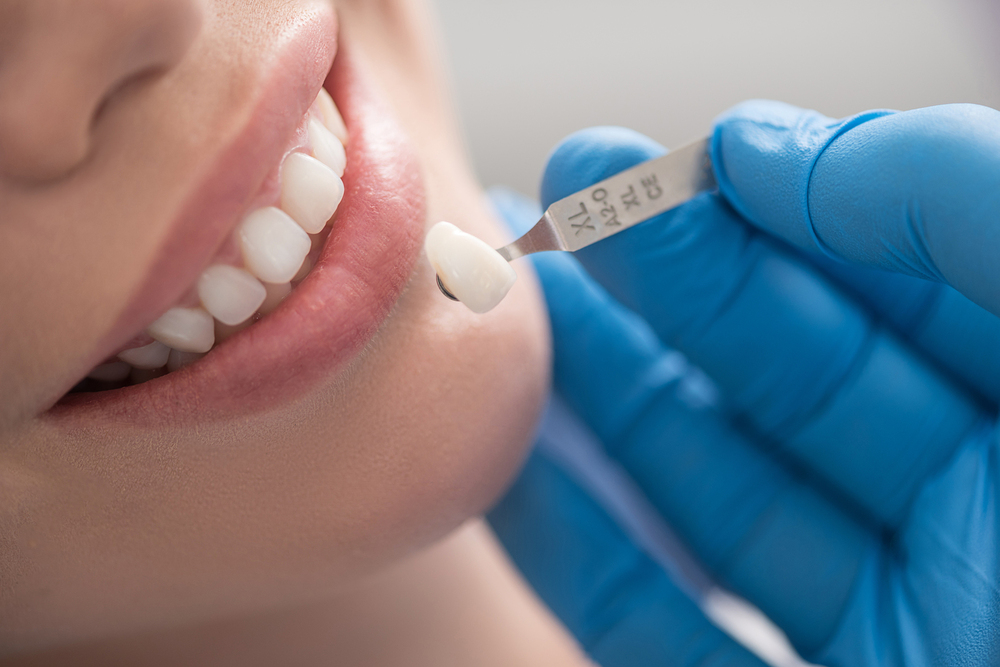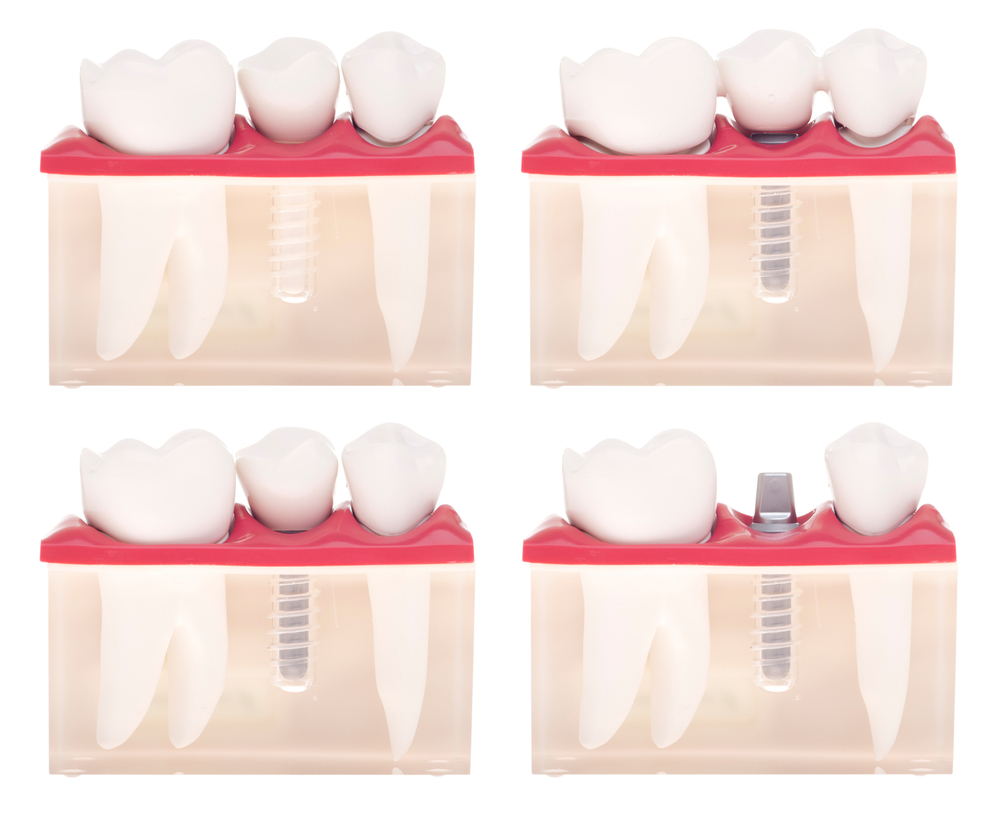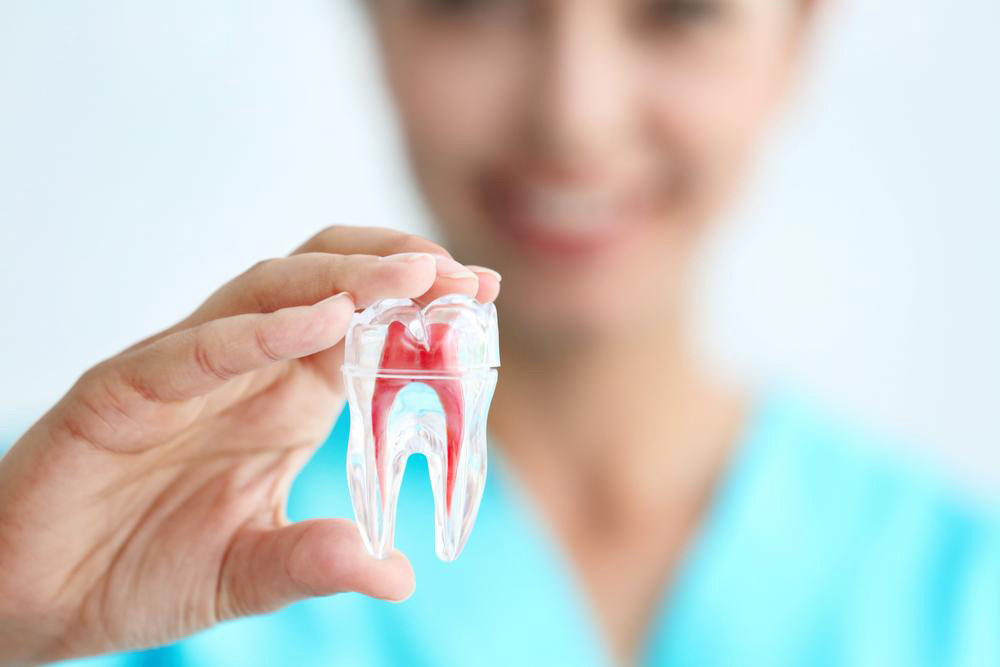Ultimate Guide to Dental Crowns and Restorative Caps: Restoring Smile Strength and Aesthetics
This comprehensive article explores the role of dental crowns and caps in restorative dentistry. It covers reasons for getting crowns, different terminology, detailed placement procedures, and tips for ongoing care. Learn how these versatile restorations restore tooth strength, support dental repairs, and enhance aesthetic appeal, providing a durable solution for various dental issues. Perfect for anyone considering dental crown treatment, this guide offers insights into the entire process, from initial consultation to final placement, ensuring informed dental decisions.

Ultimate Guide to Dental Crowns and Restorative Caps: Restoring Smile Strength and Aesthetics
Dental crowns and restorative caps are vital components of modern dentistry, playing a crucial role in restoring both the functionality and appearance of teeth affected by decay, damage, or structural weakness. These dental restorations are custom-made coverings that fit over a damaged tooth or dental implant, providing protection, support, and aesthetic enhancement. Their use spans a variety of dental health issues, making them one of the most versatile tools in restorative dentistry. Whether you are dealing with a compromised tooth due to decay, fracture, or structural weakness, understanding dental crowns and caps can empower you to make informed decisions about your oral health care.
Why You Might Need Dental Crowns and Restorative Caps
Protection for Weakened or Misshapen Teeth: Dental crowns reinforce teeth that have become fragile due to decay, trauma, or excessive wear, preventing further damage and preserving the natural tooth structure.
Restoration of Broken or Damaged Teeth: When a tooth is fractured or heavily damaged, a crown restores its integrity, allowing normal function and preventing further deterioration.
Support for Fractured or Large Fillings: Crowns can be used to cover teeth that have large fillings, which might otherwise be prone to breaking or serving as weak points within the tooth structure.
Securing Dental Bridges: Crowns act as anchors for dental bridges, ensuring the stability and durability of the replacement teeth used to fill gaps caused by missing teeth.
Cosmetic and Aesthetic Enhancement: Besides their functional benefits, crowns dramatically improve the appearance of teeth, correcting discoloration, misalignment, or uneven shapes for a more attractive smile.
Understanding the Terminology of Dental Crowns
Dental crowns are often called by various names in both professional and casual contexts. These include "caps," "tooth caps," "dental caps," or "jackets." The term "porcelain jacket" is sometimes used, especially when referring to ceramic or porcelain crowns engineered to mimic natural tooth enamel. While patients tend to use these terms interchangeably, dental professionals predominantly refer to these restorations as crowns, emphasizing their role as functional coverings for teeth. The lay term "caps" remains popular among the general public and in marketing materials but is less favored in clinical settings.
The Step-by-Step Process of Getting a Dental Crown
Receiving a dental crown generally involves a two-visit procedure, carefully planned and executed to ensure optimal functionality and aesthetics. Here's a detailed overview of the process:
Initial Examination and Preparation: During the first appointment, your dentist performs a thorough examination, including X-rays, to evaluate the tooth's health and root condition. This assessment helps determine if a crown is suitable and whether any underlying issues need addressing. Next, the tooth is numbed using local anesthesia to prevent discomfort. The dentist then files or shapes the tooth to create space for the crown, removing any decayed or weakened tissue. This preparation process ensures the crown fits snugly without affecting bite or comfort.
Temporary Crown Placement: To protect the prepared tooth, a temporary crown made of acrylic or stainless steel is placed. This temporary restoration maintains aesthetics and prevents sensitivity while the permanent crown is being fabricated—typically by a dental laboratory based on precise impressions of your prepared tooth.
Fabrication of the Permanent Crown: Once the impression is sent to the laboratory, skilled technicians craft the crown to match the shape, size, and color of your natural teeth. Modern materials used include porcelain, ceramic, metal alloys, or combinations like porcelain-fused-to-metal. This process can take a couple of weeks, during which your temporary crown remains in place.
Fitting and Cementation: During the second appointment, the temporary crown is removed. The dentist evaluates the fit, color, and bite of the custom-made crown. Minor adjustments are made as necessary. When everything is satisfactory, the dentist secures the crown permanently using dental cement, ensuring a snug and long-lasting fit. Final adjustments may be performed to refine bite alignment and comfort, ensuring your restored tooth functions naturally and looks seamless with surrounding teeth.
Beyond these core steps, dentists emphasize the importance of proper care and hygiene following crown placement. Maintaining good oral hygiene, including regular brushing, flossing, and routine dental checkups, helps prolong the lifespan of your dental crown and overall oral health.




